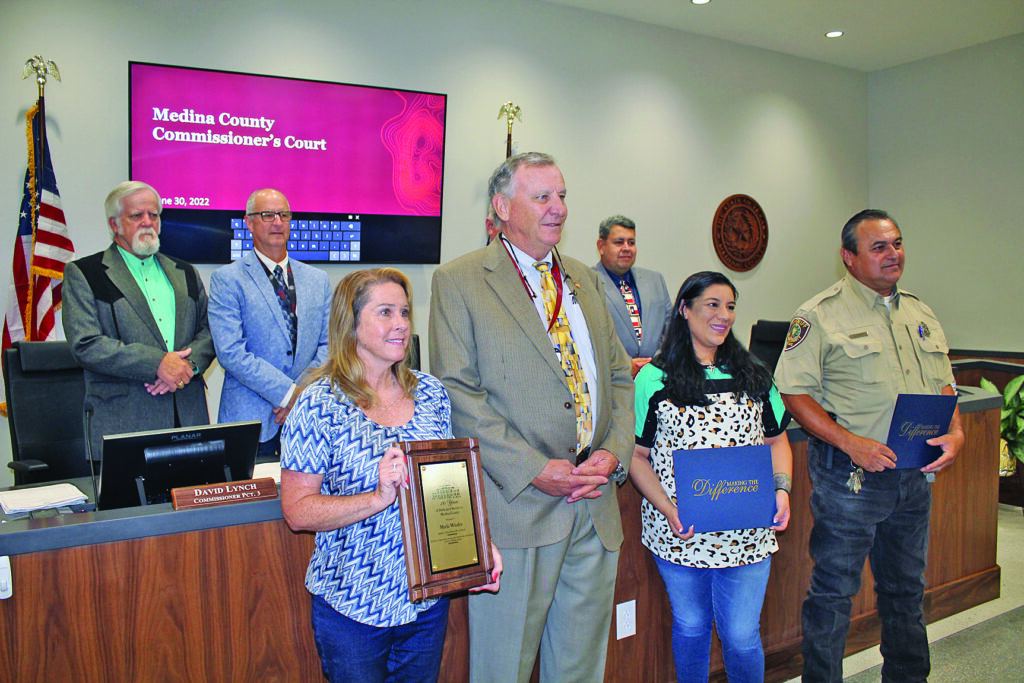
The month of July seems to be flying by, doesn’t it? By the time some of you read this it will be within days of being half over. My week has been nice and quiet, no meetings and doing whatever crafts or sewing that I wanted to. It has been very enjoyable, with a little visiting, an evening with a friend playing a board game until all hours and a shopping trip to Victoria. Now, the fun begins with Pokeno on Monday, a funeral and then a meeting on Tuesday and who knows what else the rest of the week!
This week, I decided to tell you a little bit about garlic. It seems to be in the forefront in articles that your read telling you that it helps control heart problems and cholesterol, etc. They have even come out with pills so you don’t have “garlic breath” if you follow a regimen to help with any illnesses. When I went into the search mode on my computer, I quickly found that there were nearly 30-million sites concerning garlic. Parts of this article are from United States Department of Agriculture, Agricultural Research Service, parts are from About.com:Home Cooking and some is from Cookbook:Garlic – Wikibooks, collection of open-content textbooks.
Garlic is a member of the lily family, as are onions, leeks and chives. The scientific name for garlic is allium sativum. Unlike onions, leeks and chives, garlic is generally used as a spice or a seasoning rather than as a vegetable due to its extremely strong flavor.
The word garlic comes from Old English garleac, which means, “spear leek”.
Garlic was referred to in the Old World, Egyptian and Indian cultures 5,000 years ago, and there is historical evidence of it being used by the Babylonians 4,500 years ago, and by the Chinese over 2,000 years ago. Until the first quarter of the twentieth century, garlic was not very popular in the United States and was found mostly in ethnic dishes in working-class neighborhoods. But, by 1940, America finally recognized the value of garlic, not only as a seasoning, but also as a major ingredient in recipes
Egyptians worshipped garlic and placed clay models of garlic bulbs in the tomb of Tutankhamen. It was so highly prized, that it was used as currency.
An old folklore belief was that garlic repelled vampires and protected against the Evil Eye, as well as numerous other beliefs.
It grows wild only in Central Asia today. Garlic grew wild over a much larger region, and wild garlic may have occurred in an area from China to India to Egypt to the Ukraine. This is considered its “center of origin”, as this is the geographic region where the crop originated and the only place where it grew wild.
Many cooks make the mistake of thinking that the large bulb of garlic you buy is a clove of garlic. This is not true by any means. The whole garlic is called a “head” or a “knob”. Each segment is called a “clove” of garlic. In other words, if a recipe calls for three cloves of garlic, you would use three of the separate segments. Garlic will keep a long time if the heads are stored in a cool dark place. If you keep them in the fridge, they will sprout and taste bitter.
Cookbook:Garlic states that garlic heads can be frozen, without ill-effect, or they can simply be stored in a dark cupboard away from moisture. If you buy the garlic braids, they should be hung up to prevent bruising of the cloves. It also states that if you want to store garlic gloves individually and ready for use, the garlic must be either dried or processed. A good way to freeze prepared garlic is to crush or mince it in a food processor and mix it with a little water, then freeze it in an ice cube tray, so that the cubes can be used as needed. It also can be frozen in olive oil, or frozen whole. You should never under any circumstances should you leave garlic in olive oil at room temperature or leave garlic in oil to sit on the counter. Since garlic is grown in the ground, it can be contaminated with botulism spores, which are almost impossible to remove. The spores are generally harmless in their normal state, but because they are anaerobic bacteria, they will grow if the conditions are right – that is, submersed in oil and stored at room temperature. These spores cannot grow in the cold, so freeze or refrigerate it, or store the garlic in vodka, wine or vinegar rather than oil.
In this day and age, we no longer really have to use fresh garlic and have our hands and cutting boards smelling of garlic. We can simply use a bottle of garlic from the grocery store. It keeps indefinitely in the refrigerator and the garlic odor does not penetrate the glass, so your fridge does not smell of garlic.
You may not believe this, but in one of the sites, there was even a recipe for garlic ice cream! No thank you not for this lady! Most of us just use garlic when we make spaghetti and meatballs, garlic bread to go with the dish and in the seasoning of our chili and beans.
Spicy Garlic Chicken Skewers
Ingredients:
Water, for soaking skewers
1 dozen 10-inch bamboo skewers
3 garlic cloves, peeled and crushed
2 tablespoons honey
4 tablespoons ketchup
4 tablespoons Worcestershire sauce
2 teaspoons English or Dijon mustard
2 teaspoons hot pepper sauce
Salt and fresh-ground black pepper to taste
3 skinless, boneless chicken breasts cut into thin strips
Instructions: Soak 12 bamboo skewers in water for at least 20 minutes
Meanwhile, in a non-reactive bowl (i.e. glass), mix together the garlic, honey, ketchup, Worcestershire sauce, mustard, hot pepper sauce, salt and pepper. Toss in the chicken strips and stir until well combined. Cover and marinate 20 to 30 minutes or overnight. Prepare outdoor grill or preheat broiler to high. Thread marinated chicken onto skewers. Cook over the hot cools of an outdoor grill 5 to 6 minutes. Or, arrange on a foil-lined baking sheet and broil 6 to 7 minutes, turning occasionally until well browned and cooked through. Yield: 4 servings.
Garlic Broiled Shrimp
2 pounds large shrimp, shelled and deveined, with tails left on
½ cup butter
3 cloves garlic, minced finely
Salt and pepper to taste if desired
Place cleaned, seasoned shrimp on a foil-lined baking sheet. Melt butter with minced garlic over a low heat and cook and stir for 2 to 3 minutes. Brush shrimp with butter mixture, place under broiler and broil for 3 minutes. Brush shrimp again and turn over. Brush this side and continue cooking for another 3 to 4 minutes or until shrimp are pink. Serve with red sauce, if desired.
When my grandchildren were small, my daughter gave me the recipe for this bubble stuff. It would not be long before there would be ten or more children in my yard chasing bubbles. Everyone loved it, and now my great-grandchildren love it also!
Super Duper Bubbles
6 cups tap water
2 cups dishwashing liquid (I usually use Dawn®, because that is what I have on hand, but Joy® works really well also)
¾ cup white corn syrup (this makes the bubbles last longer, but can be omitted if you don’t have any)
Mix all ingredients in a clean 1-gallon water, milk or juice jug. Stir to mix thoroughly.
Pour some of the mixture in a shallow pan on a flat surface outdoors. One of the 8-inch or 9-inch clay or plastic pans (that are used under a flowerpot) works great. An aluminum pie tin works well, but tips over easily! Dip wand into mixture and wave gently through the air. If too many bubbles form on top, blow excess off. This happens if you stir it too much while using it. This mixture can be poured back into the container to use again another day. The best bubble wands for this are the new larger ones that are now on the market at most of the dollar stores. Have fun.







